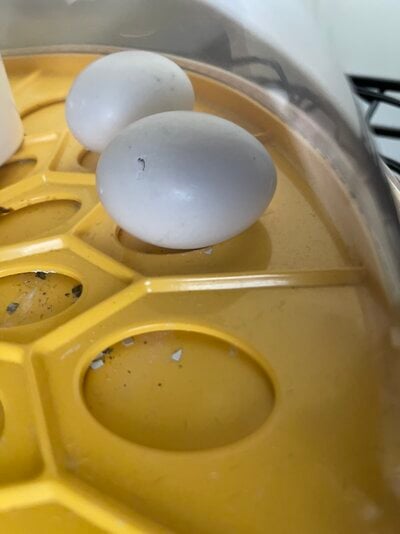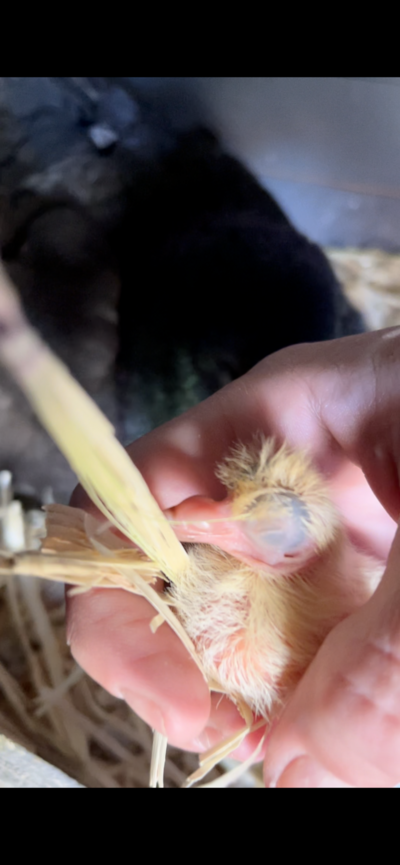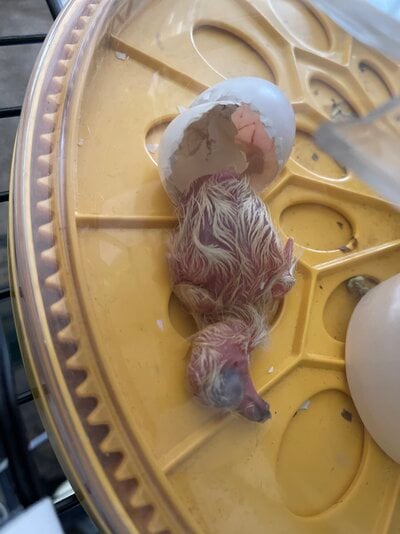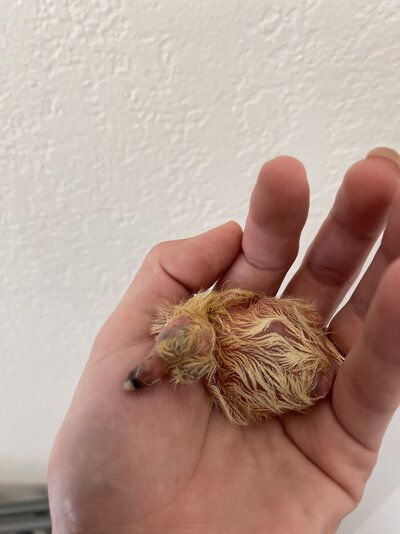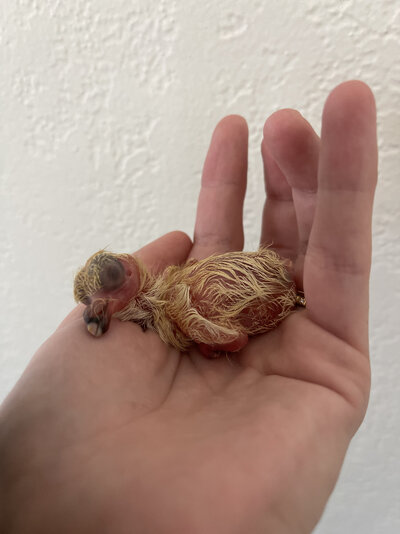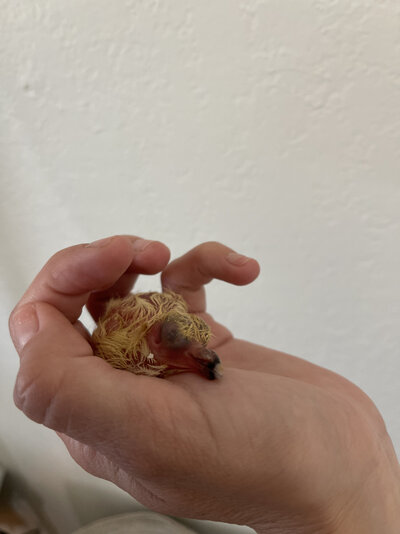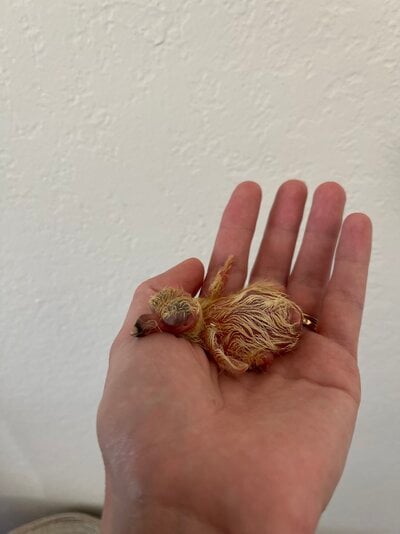Gungellan Farm
Chirping
- May 20, 2020
- 37
- 92
- 74
This is a thread I am starting to show my personal experience with incubating pigeon eggs.
Two of the three pigeon eggs that were fertile will be placed in a Brinsea incubator and one egg will be left with a pair of parent pigeons to compare.
The second hen will receive a dummy egg until an egg is pipped and hatched out.
Once the pigeon chicks are hatched out, I will place them both with Nesting adults to acquire the necessary pigeon milk they need.
I will also be checking in on them from a camera I have set up inside their coop to be monitored from my iPad throughout the day as well as in person checking.
Kaytee formula will be used if chick isn’t being fed by an adult or given to adult that is feeding their chick.
Second chick will also be placed with the more capable hen.
Any questions?


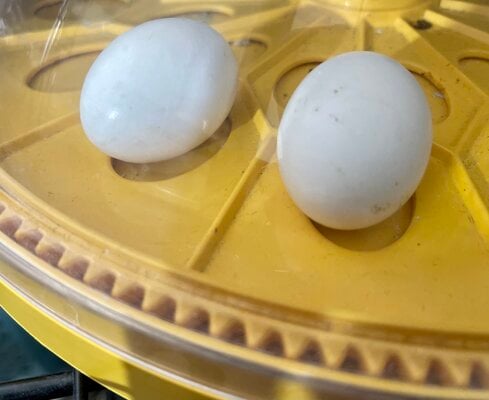
Two of the three pigeon eggs that were fertile will be placed in a Brinsea incubator and one egg will be left with a pair of parent pigeons to compare.
The second hen will receive a dummy egg until an egg is pipped and hatched out.
Once the pigeon chicks are hatched out, I will place them both with Nesting adults to acquire the necessary pigeon milk they need.
I will also be checking in on them from a camera I have set up inside their coop to be monitored from my iPad throughout the day as well as in person checking.
Kaytee formula will be used if chick isn’t being fed by an adult or given to adult that is feeding their chick.
Second chick will also be placed with the more capable hen.
Any questions?

Last edited:


